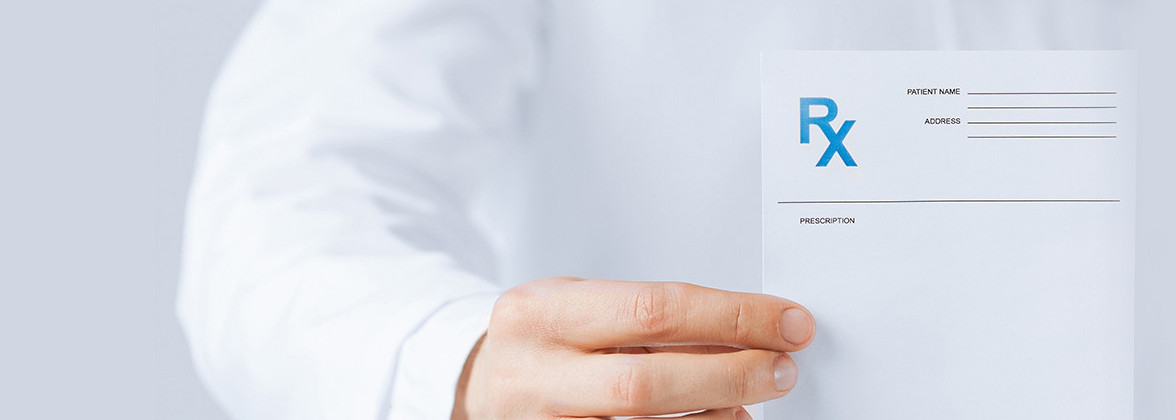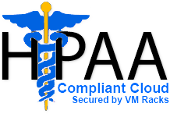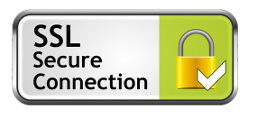Drug Use Higher in Those with Chronic Back Pain
It makes sense that those in pain would require medication, but recent studies suggest that high levels of chronic back pain may cause addiction or higher than normal usage of pain medicine, and other narcotics. This spike in usage for back pain sufferers has raised concern in the medical community as doctors struggle to help their patients relieve pain without forming addictions to the drugs which are meant to help them.
One such recent study looked at the data recovered from more than five-thousand different men and women between the ages of twenty and seventy, all located in the United States. What they found was that usage of medication for chronic back pain raised the chances of illicit drug use in the future. The study, performed by Dr. Shmagel and her team at the University of Minnesota, looked at future usage of drugs such as marijuana, heroin, cocaine, and others following back injury. Science Daily writes: “The results suggested that back pain was linked to higher rates of illicit drug use. About 49 percent of adults with cLBP said they had ever used illicit drugs, compared to 43 percent of those without cLBP. Rates of current illicit drug use (within the past 30 days) were also higher in the cLBP group: 14 percent versus nine percent.”
These findings weren’t entirely unfounded, but did raise alarm in terms of how this issue hasn’t been better handled in the past, and for current patients seeking treatment.
Addiction in America
Drug addiction has been a problem in the United States for some time, but the usage of prescription pain medication has risen drastically in the past decade. Many men and women begin to take these drugs as a treatment for a condition, only to find that they are unable to effectively wean themselves off and face the pain on their own, even after the injury has fully healed. WebMD explains: “Prescription drug addiction is a growing problem. According to the Office of National Drug Policy, emergency room visits resulting from the abuse of painkillers alone has gone up 163% since 1995. There are three main classes of prescriptions drugs that are abused: opioid narcotics used to treat pain, depressants used to treat anxiety, and stimulants used to treat conditions like ADHD and obesity.”
Due to the intense levels of pain felt during a back injury, those suffer usually require some form of medication to get through the day. This is a major muscle group, and depending on the type of injury, and whether nerve damage was sustained, it is usually three or more weeks before individuals see any relief.
Finding Methods of Management
While pain medications are perfectly acceptable for treating real pain, once you get to a point where it can be managed naturally, it is a good idea to focus on methods which allow you to cope without prescribed assistance. Stretching and low impact exercise, such as walking or swimming, can greatly influence the recovery time for a back injury. Spine-Health.com writes: “Exercise is a key element of almost any lower back pain treatment plan. Typically an exercise program will be developed and taught by a spine health professional, such as a physical therapist, chiropractor, or physiatrist, and will include three components: aerobic conditioning, stretching, and strengthening. The exercises are best done through a controlled, progressive program, with the goal of building toward a stronger, more flexible spine.”
For long term pain recipients, your doctor may suggest that you take regular walks and stretch your back out using yoga poses. This might seem counterproductive at first, but it is very conducive to healing quickly and efficiently. You must continue to work the muscles that are aching, even when they’re sore. Back muscles which are rested too often can seize up, and this will cause more pain for longer. Stretching and moving can help reduce the possibility of stiffness and prolonged pain from injuries.
Hot and Cold
Another method for treating back pain at home without the assistance of drugs, is through hot and cold therapy. Whether you prefer to use a bag or ice or a cold compress, by switching out between hot and cold you can increase circulation, and numb the pain naturally. Prevention.com reports: “Break out that bag of frozen peas (or an ice pack, if you want to get fancy) for the first 48 hours after the pain sets in, and put it to use for 20 minutes a session, several sessions per day. After those two days are behind you, switch to 20-minute intervals with a heating pad. Localized cooling shuts down capillaries and reduces blood flow to the area, which helps ease the swelling.”
A hot water bottle is a good way to help muscles relax, and allow the pain to subside without the help of medication.
If you have hurt your back and are concerned about the possibility of addiction to pain killers, speak to your doctor about medications which can be taken in extremely low doses, or for alternative methods of pain treatment.
For back pain, alternative pain management systems such as transcutaneous electrical nerve stimulation doesn’t always work, but it can be harnessed for small areas of pain which ache chronically. Other forms of pain management include massage, and keeping your legs elevated while laying. The more weight you can relieve from your tail bone when facing lower back pain, the better you will feel.

WARNING: Limitations of Online Doctor/Medical Consultations and Online Prescriptions, QuickRxRefills Cannot and Will NOT Prescribe, Dispense, or Resell any and all medications Narcotics/Controlled Substances (this policy is fully enforced by the Drug Enforcement Administration (DEA)) for Anti-depressants, Pain, Anxiety, Weightloss, Sleep, ADHD/ADD, Anabolic Steroids, Testosterone Replacement Therapy and any and all Medications that contain GabaPentin or Pseudroephedrine including non-controlled substances or any medications that are considered controversial, Off Labeled (Growth Hormone aka HGH) or recalled in nature such (i.e. Retin-A, Accutane). Furthermore, QuickRxRefills is not a substitute for an office based physician in your location nor is it a substitute for Emergency Medical Care or 911. If you do experience a "true" medical emergency your are encouraged to pick up the phone and dial 911 as soon as possible.






